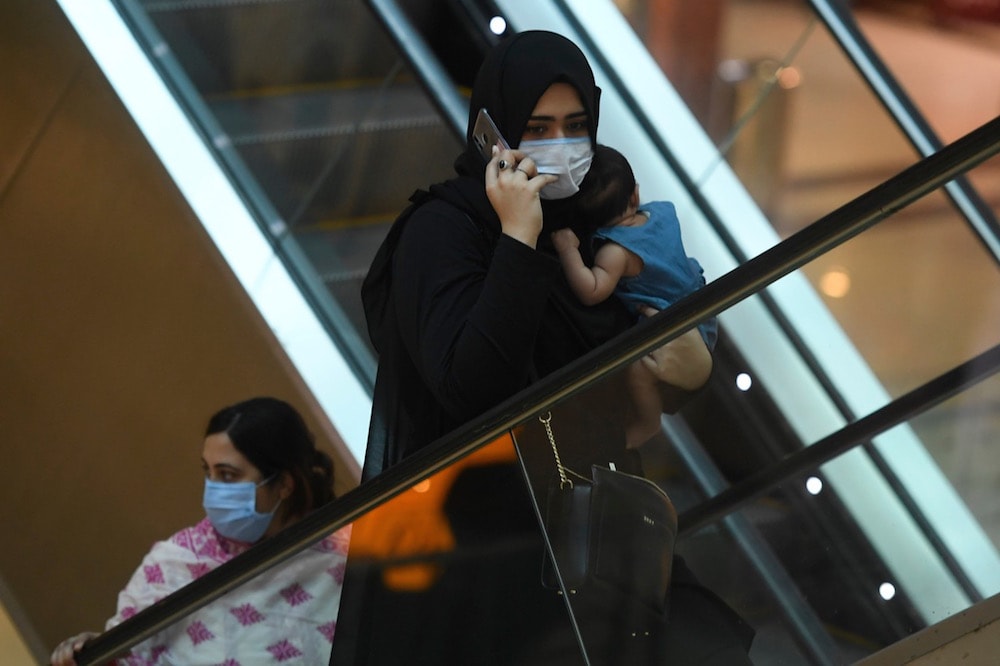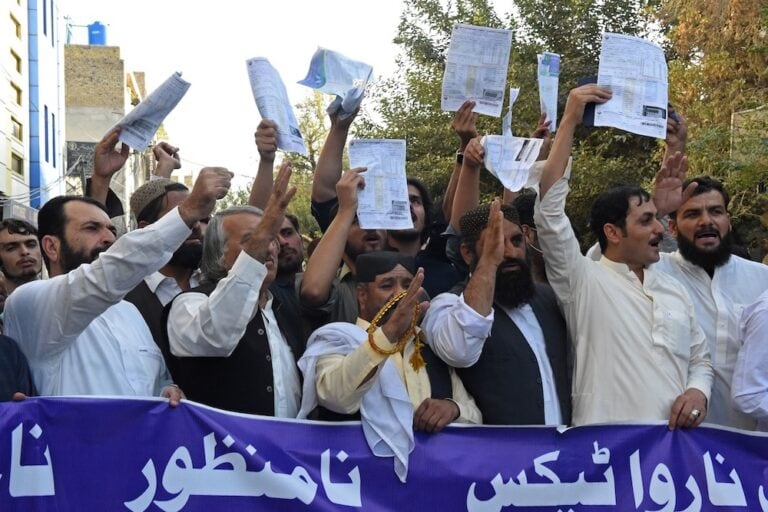The research by Media Matters for Democracy is based on a survey with 215 women from across Pakistan and a series of in-depth interviews during the pandemic.
This statement was originally published on mediamatters.pk on 15 January 2021.
Six in ten women internet users who took part in a study face some kind of restriction from their families when using the internet, a new study by Media Matters for Democracy (MMfD) finds. The study titled “Women Disconnected: Feminist Case Studies on the Gender Digital Divide Amidst COVID-19” examines the impact of the gender digital divide on women in Pakistan during the coronavirus pandemic. The research is based on a survey with 215 women from across Pakistan and a series of in-depth interviews.
The majority of the respondents of the survey said they are only allowed to use the Internet for attending online classes or talking to family via WhatsApp. More than a third of those surveyed acknowledged higher restrictions on the use of the internet for girls than for boys, with 16% saying girls are not allowed to use it at all.
Key findings of the research indicate that 40% of the women surveyed use the internet every day, with the usage becoming higher as family income rises. Half of the respondents who use the internet daily come from families with over 60,000/- monthly income, while 7 in 10 of those who do not use the internet come from families with income below 30,0000/- per month.
A whopping 80% of the respondents who are unable to use the internet are from South Waziristan, one of the newly merged districts of the Khyber Pakhtunkhwa province.
The cost of the internet continues to be a concern with 76% of the respondents saying that the internet in Pakistan is expensive and more than a third saying it was beyond the reach of the average person. Mobile access appears to be the main mode of connection for women who took part in the survey. 88% of the respondents who use the internet said that they are accessing the internet through their own devices and 78% of those using their own devices are using mobile phones.
The study indicates that the need for internet usage among respondents increased with the COVID-19 pandemic, with 8 out of 10 respondents saying they felt the need to use it more during lockdown. At the same time, a number of them lost regular access to the internet due to the lockdown, which barred them from using the internet in workplaces, educational institutes and other places that they had previously used to connect. Prior to the pandemic, many women accessed the internet outside their homes but their problems now include slow speed and reduced access due to family members using the same connection or devices. The respondents and interviewees also indicated that surveillance at home has become stricter and threats of domestic violence more pronounced as men remain in the house and many women are unable to step out to purchase mobile data.
The research also finds evidence that women in the newly merged districts are unable to connect to emergency health services in case of emergency due to lack of connectivity. The lack of communication combined with the lack of local emergency health care has resulted in fatalities of women, including during childbirth.
Researchers say that the unavailability of official data about the gender digital divide being available by the Pakistan Telecommunication Authority (PTA) or local service providers also posed challenges. Therefore, much of the research was based on anecdotal evidence and reported incidents.
Commenting on the research, Zoya Rehman, one of the researchers, says that “We were trying to look at the lived experiences of Pakistani women and, of course, there’s no monolithic Pakistani woman either, which is also something we assert in this research project. These experiences cannot be seen through one kind of lens and you can’t brush them with one stroke.”
Another researcher, Hija Kamran, regretted the fact that despite access to the internet being acknowledged as a fundamental right, “many people continue to be disconnected” in Pakistan. “Our study finds that the gender digital divide is not merely an inconvenience – it, in fact, hinders growth and opportunities, and is life-threatening for women who are not able to access the internet because either there are infrastructural barriers, or it is unaffordable, or due to patriarchal restrictions.”
“It is the responsibility of the government to ensure every citizen has access to open, affordable, and safe internet in Pakistan,” Kamran underlined.
Read the full study here [PDF].



